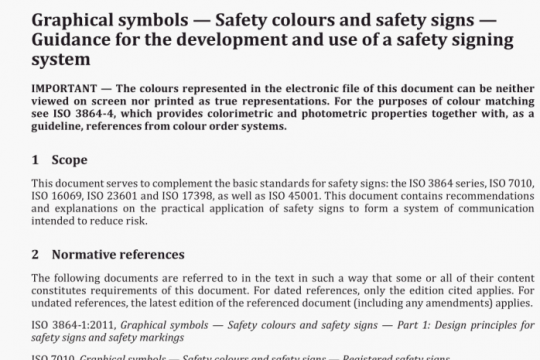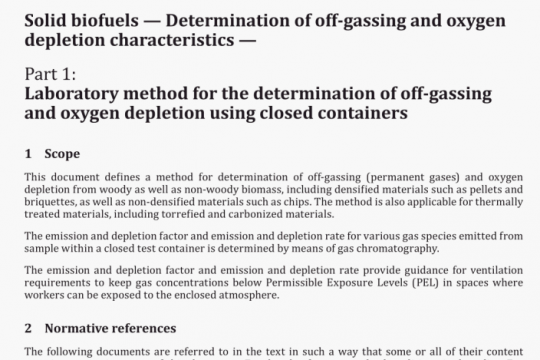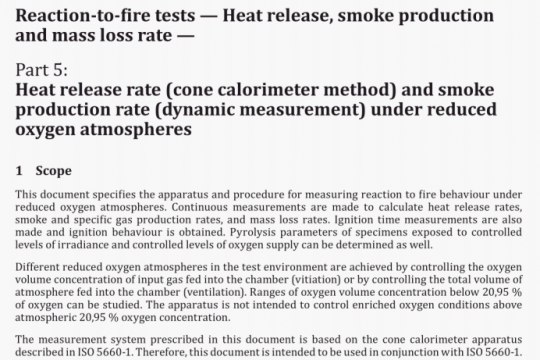ISO 21785 pdf feee download
ISO 21785-2020 pdf feee download.Air cargo unit load devices – Load distribution model.
This document defines the industry agreed model for load distribution on air cargo unit load devices
(ULD) bases to apply the maximum allowable centre of gravity (C.G.) eccentricity.
Its purpose is to establish a common reference load distribution algorithm for:
a) comparable and repeatable ULD testing methods, or equivalent numeric simulations;
b) aircraft structure and cargo systems design assumptions, consistent with existing airframers practices; and
c) definition of operators unit load devices utilization rules and cargo build-up training programs.
It applies to all types of unit load devices intended for use on board civil transport aircraft and airworthiness approved in accordance with the performance requirements and testing parameters of either ISO 21100 or, as applicable, ISO 8097.
It also applies to non-airworthiness approved (non-certified) containers as defined in ISO 4118, the utilisation of which is controlled by the provisions of the aircraft types Weight and Balance Manual and other airframe manufacturer’s documents.
2 Normative references
The following documents are referred to in the text in such a way that some or all of their content constitutes requirements of this document. For dated references, only the edition cited applies. For undated references, the latest edition of the referenced document (including any amendments) applies.
ISO 8097, Aircraft — Minimum airworthiness requirements and test conditions for certified air cargo unit load devices
ISO 10254, Air cargo and ground equipment — Vocabulary
ISO 21100, Air cargo unit load devices — Performance requirements and test parameters
3 Terms and definitions
For the purposes of this document, the terms and definitions of ISO 10254 and the following apply:
ISO and IEC maintain terminological databases for use in standardization at the following addresses:
— ISO Online browsing platform: available at https://www.iso.org/obp
— IEC Electropedia: available at http://www.electropedia.org/
3.1 eccentricity offset
<centre of gravity> plan view distance between the overall centre of gravity (C.G.) of the unit load device and its contents and the geometric centre of its base, expressed in percentage of the base length and width
3.2 homogeneous cargo
cargo of homogeneous density and of such a nature that the whole weight of each piece is evenly distributed over the whole of that piece’s footprint area
4 Load distribution model
4.1 Principle
4.1.1 Airworthiness approval of each type and size of unit load device includes maximum load centre of gravity (C.G.) eccentricity (offset) allowances at unit maximum gross mass, that arc part of its testing and approval (see ISO 21100 or ISO 8097, as applicable, for unit load device configurations and ultimate load criteria).
4.1.2 C.G. eccentricity is expressed and measured in percentage (%) of the OLD’s base length or width from the geometric centre of the base. The maximum eccentricity shall be demonstrated under maximum gross mass In accordance with ISO 21100 or ISO 8097, therefore allowed by ULD approval, is ±10 % of base length and width, or ±5 % of length and ±10 % of width for sizes G, H, 1. and R tJLDs.
4.1.3 The load distribution on a pallet’s surface or a container base corresponding to the certified maximum C.G. eccentricity allowances shall be defined as homogeneous cargo with maximum gross mass occupying a correspondingly reduced area of the base surface. See example (for 10% simultaneous longitudinal and lateral C.G. offset) in Eiguri.ISO 21785 pdf download.




